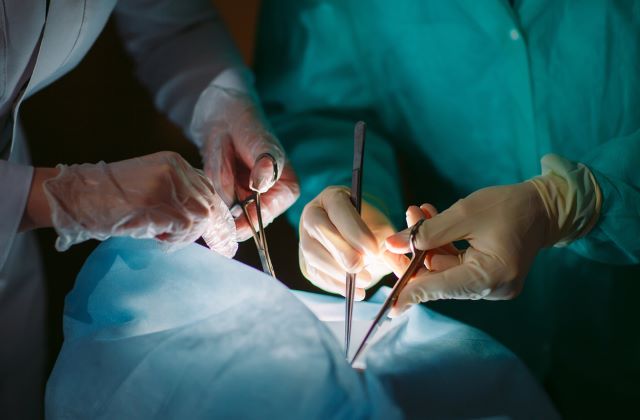Xenotrapianto, ovvero trapianto animale-umano in UE: progressi, polemiche e 2 film per capire
Trapiantare organi animali in corpi umani per contrastare la carenza di organi in Europa. Lo xenotrapianto è ancora in fase embrionale, e tra carenze normative e posizioni ideologiche contrastanti, fatica ad affermarsi. Due film ci introducono nella difficoltà del tema.





